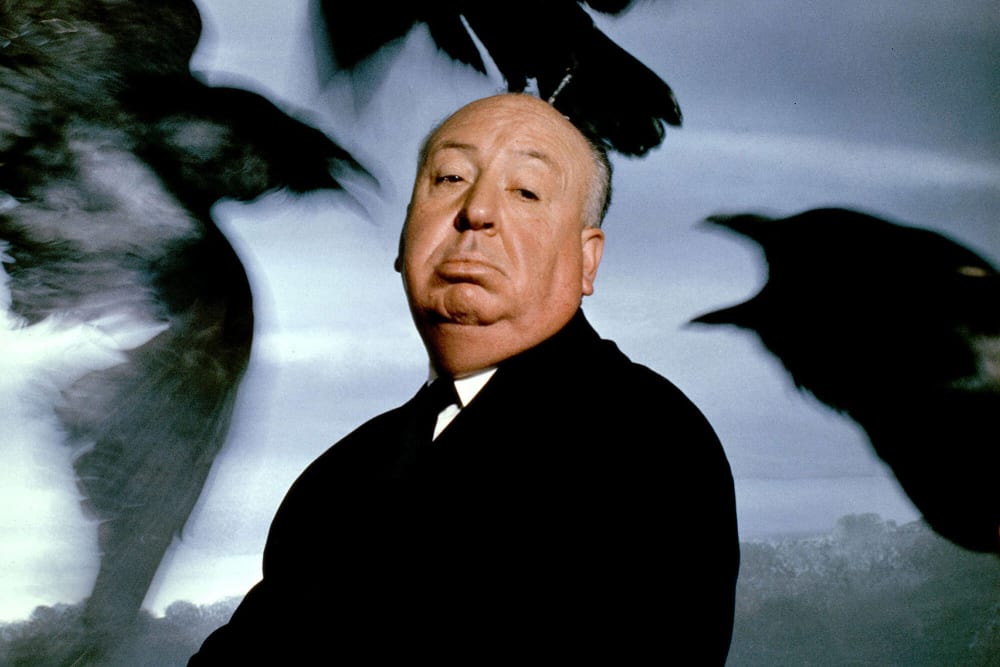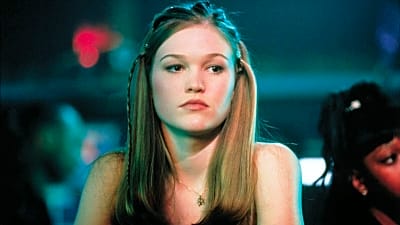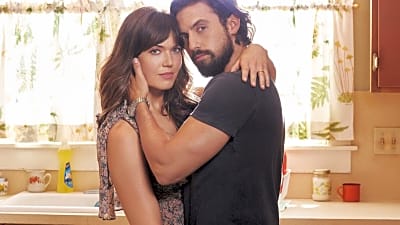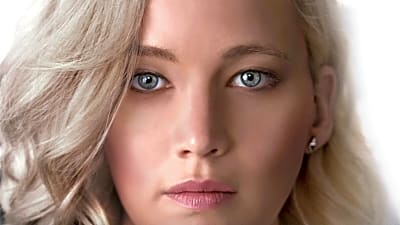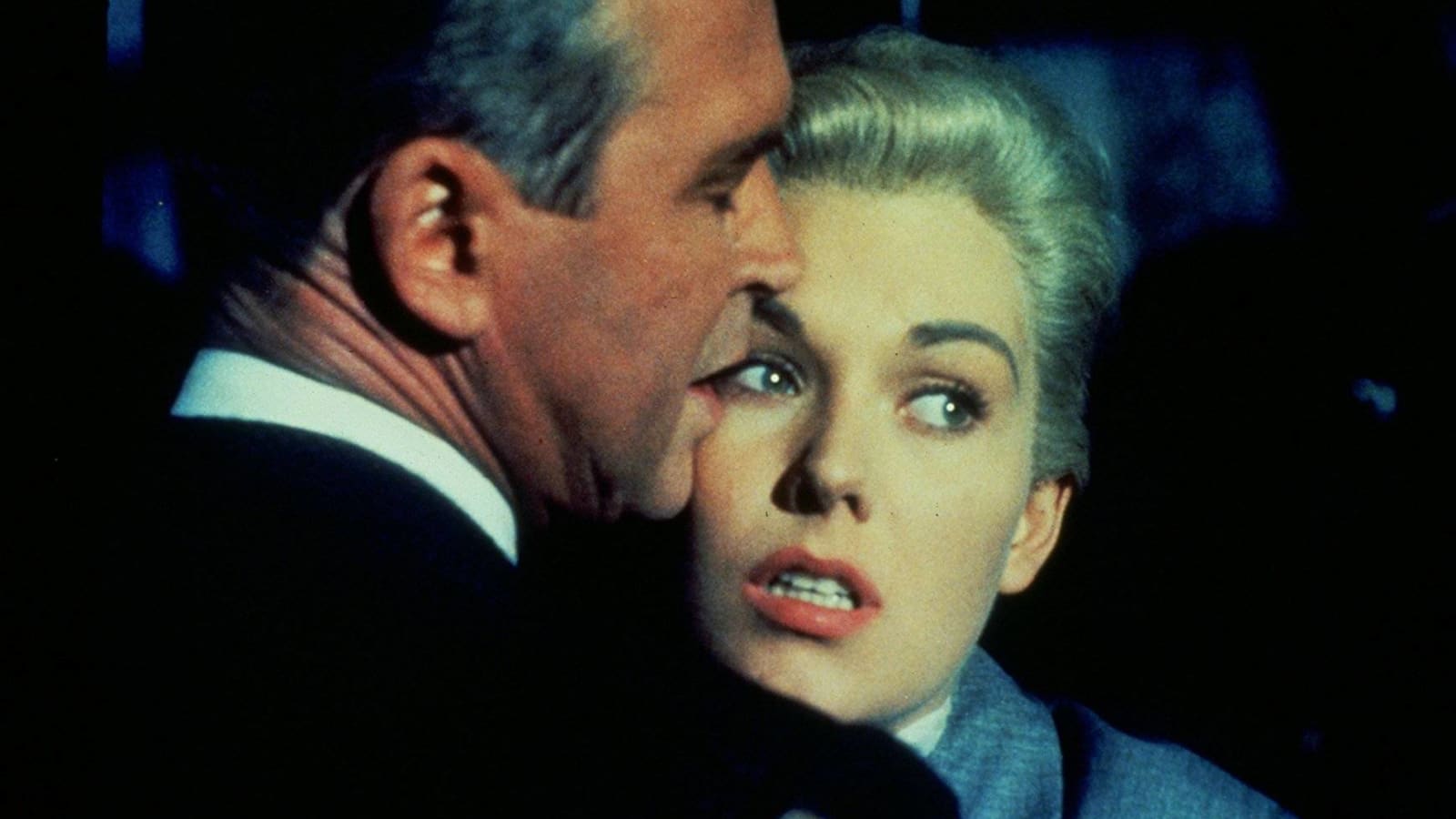
How 'Vertigo' went from disappointment to the greatest film of all time
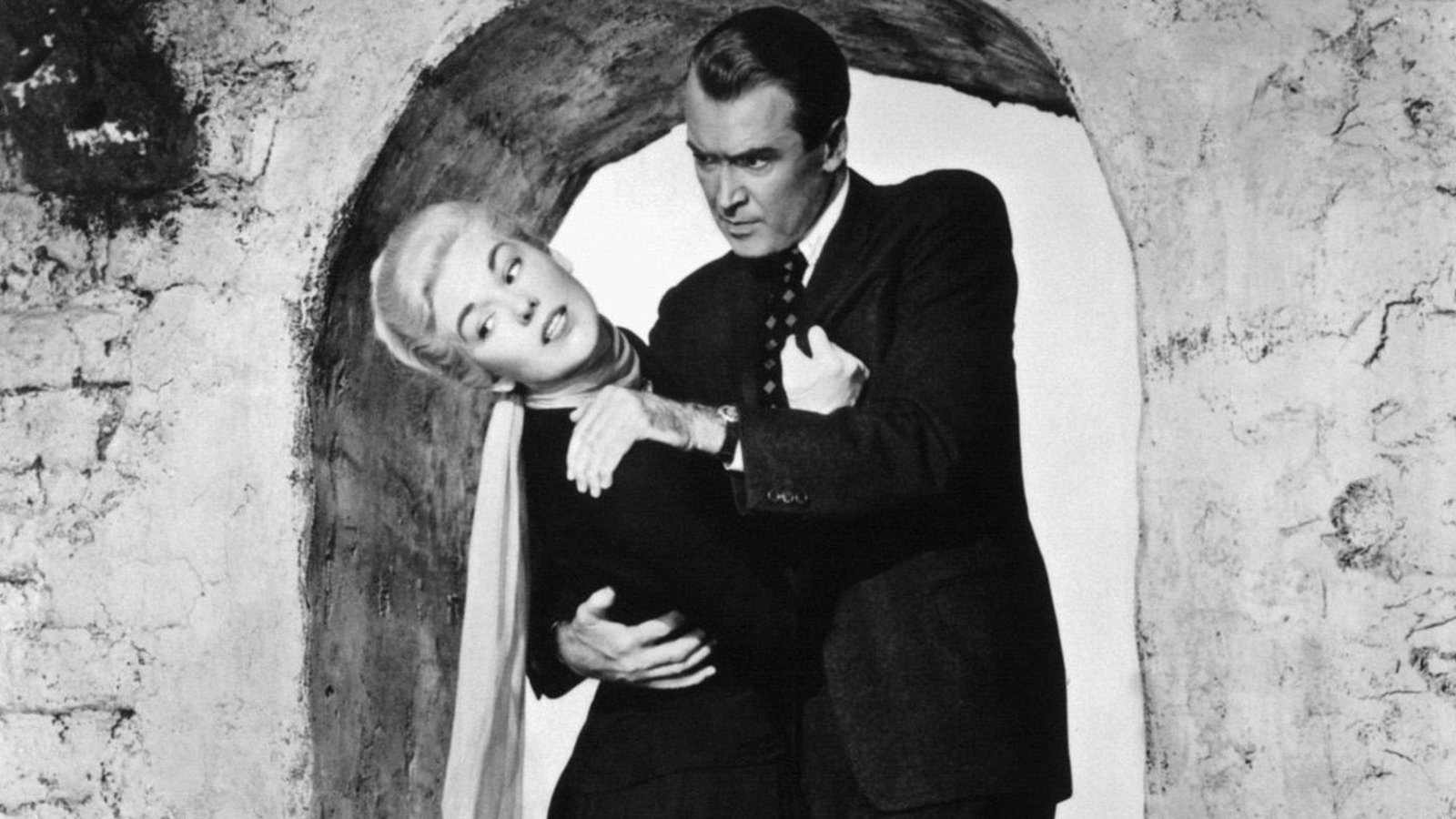
In 1998, the American Film Institute polled film artists and industry professionals on the 100 greatest American movies of all time. Alfred Hitchcock’s landmark psychological thriller “Vertigo” landed at No. 61 on the list. The organization re-polled a decade later. This time, it shot up 52 spots to No. 9. In 2012, the British Film Institute held its decennial critics' poll of the greatest films ever made, regardless of national origin. For 50 years, Orson Welles's "Citizen Kane" had topped the survey. This year, "Vertigo" reigned supreme.
And yet when “Vertigo” opened 60 years ago on May 9, 1958, at San Francisco’s Stage Door Theater, the film was greeted with more shrugs than plaudits. Variety complained that the movie was “too slow and too long,” while Time outright savaged it as “another Hitchcock-and-bull story in which the mystery is not so much who has done it as who cares.” By the time its initial theatrical run wrapped up, “Vertigo” was considered a rare commercial misstep for the Master of Suspense, failing to recoup on its $2.5 million budget.
How could a film now considered to be the pinnacle of cinematic achievement miss the mark with critics and moviegoers the first time around?
Ever a willing self-promoter, Hitchcock, coming off the runaway success of “Rear Window,” significantly elevated his profile in 1955 as the on-camera host of “Alfred Hitchcock Presents” television series for CBS. Hitch was now a brand. That he’d accomplished this by straddling the worlds of film and television rankled those in the film industry who believed the “boob tube” an inferior medium. He was too successful and thus due for a takedown.
While Hitchcock was highly regarded by critics and his peers for his skill as a filmmaker (though he never won, he did receive four Academy Award nominations for Best Director), he was not yet recognized as one of the great visual artists of his time. Cahier du Cinéma critic Francois Truffaut had started to bang that drum in France around the time “Vertigo” debuted, but few in America were willing to consider thrillers and adventures works of art. Hitchcock was viewed as an entertainer, and his movies were judged strictly on their pulse-quickening attributes. Did the moviegoers get their money's worth?
Hitchcock had made some conceptually daring movies since setting up shop in Hollywood (the single-setting “Lifeboat,” the Dalí-tinged “Spellbound” and the shot-in-long-takes “Rope”), but he’d never challenged audiences like he does in the first hour of “Vertigo.” The hypnotic Saul Bass-designed opening credits, lushly accompanied by Bernard Herrmann’s symphonic score, were certainly trippy for the time, but hardly new (Bass’s graphic design work had made a splash years earlier in Otto Preminger’s “The Man With the Golden Arm”). It’s how the film settles into its narrative that threw viewers.
After a thrilling rooftop chase, “Vertigo” sets up as a conventional detective story. Retired cop Scottie Ferguson (James Stewart) is hired to tail Madeleine Elster, the bizarrely bothered wife (Kim Novak) of an old college chum (Tom Helmore). Though the details of Madeleine’s behavior are unusual (her husband believes she's been possessed by the spirit of another woman), the elements of a typical murder mystery appear to be falling into place. But the slow, dreamlike pace of Scottie’s investigation (particularly the absence of violence or danger until Madeleine inexplicably jumps into San Francisco Bay), places viewers on a strange, unsettling wavelength. It's not fun. Whereas “Rear Window” titillated moviegoers by making them complicit in Stewart’s voyeurism, “Vertigo” turns them into stalkers. This is erotic obsession, and it is all-consuming. The VistaVision majesty of Hitchcock’s imagery is intoxicating at first, but the mood is gradually overtaken by Scottie’s unseemly, self-destructive sorrow. The film winds up being a perverse double tragedy. People felt rattled when they walked out of “Vertigo.”
Hitchcock rebounded commercially the following year with the rollicking “North by Northwest,” but the critical reappraisal of “Vertigo” wouldn’t kick in until later in the 1960s. Truffaut and the Hitchcocko-Hawksians dug in to the film’s thematic layers right away, but the first major scholarly assessment arrived with Robin Wood’s seminal essay in his 1965 book “Hitchcock’s Films” (it remains one of the finest pieces of movie writing ever published). A 1983 theatrical re-release occasioned more praise, but it was the 1996 70mm restoration that at last called down the hosannas. “Vertigo” was the hip cinematic happening of that fall, a “Hitchcock-and-bull story” for a new generation.
The American Film Institute is due for a new Top 100 poll this year. Can "Vertigo" close the gap on "Citizen Kane" once again? (And while we're at it, can we please work a little harder on the reappraisal of Hitchcock's "Marnie"?) Let's hope so, as even the critics are anxious to take another crack at the list.
More must-reads:
Breaking News
Trending in Entertainment
Customize Your Newsletter
 +
+
Get the latest news and rumors, customized to your favorite sports and teams. Emailed daily. Always free!
